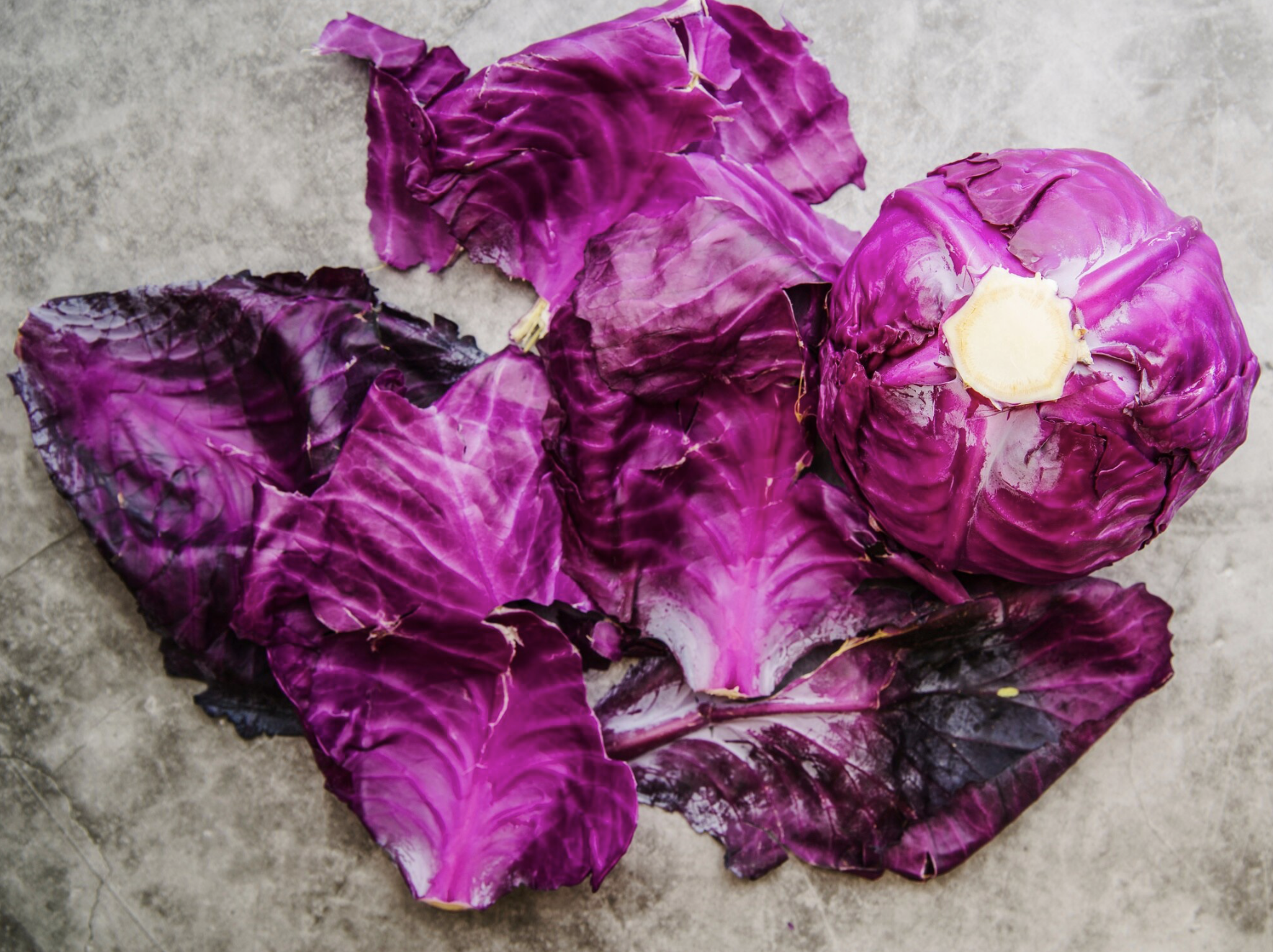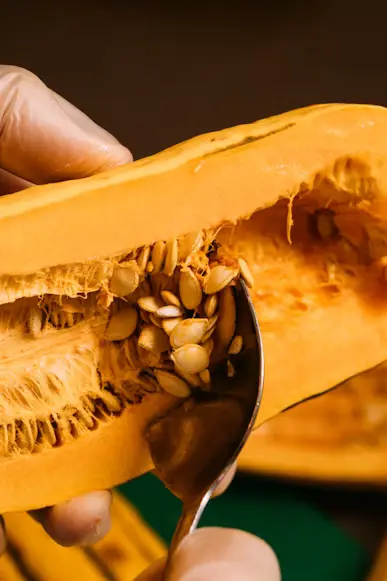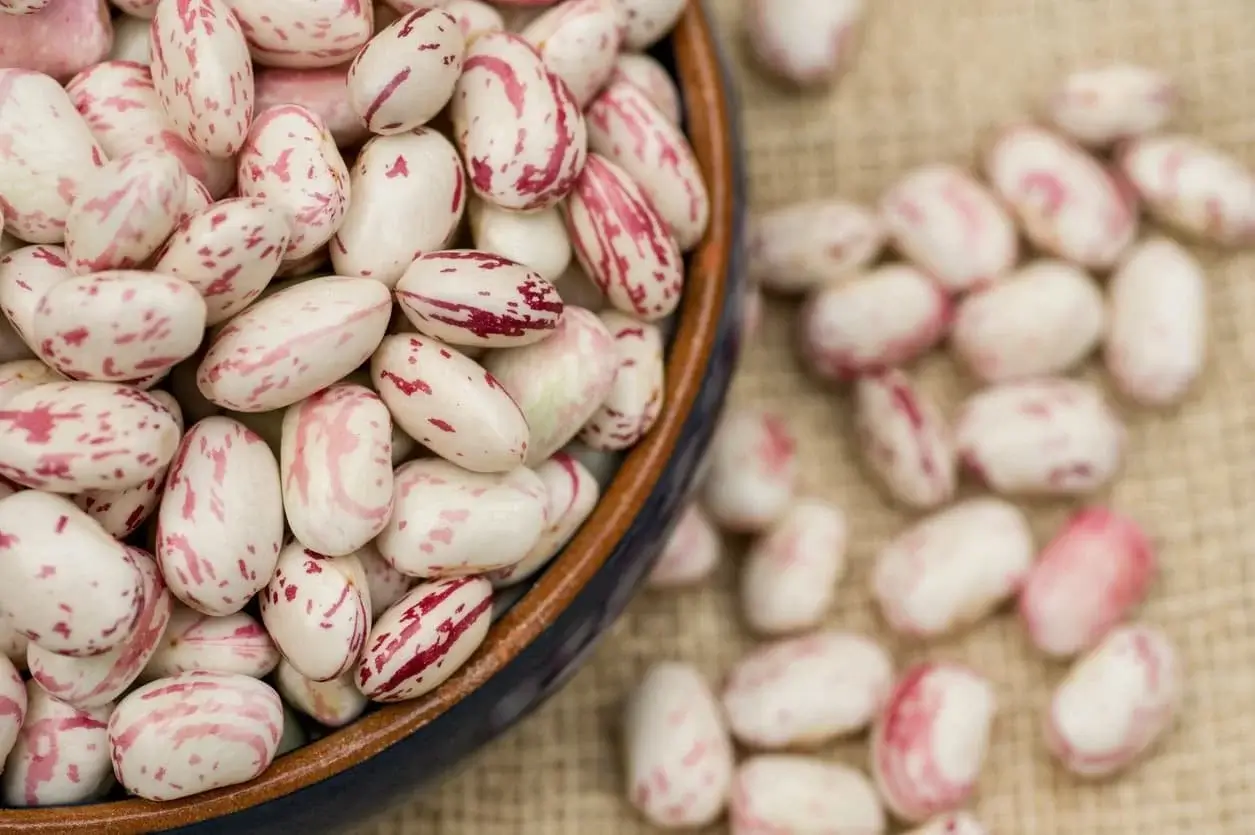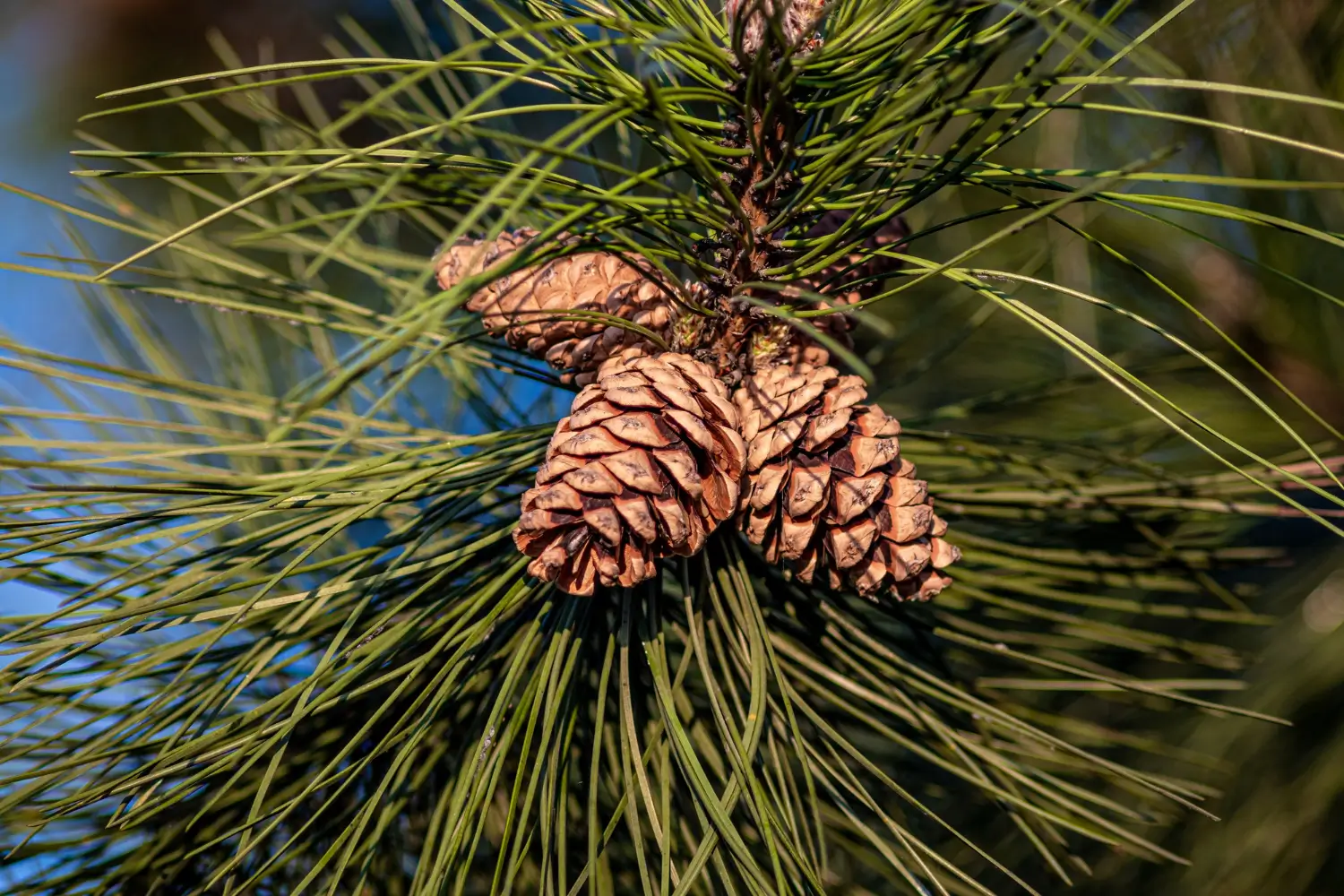
Soil Health & Fertilization
We unite suppliers and green industry professionals worldwide
Radicchio is a very beautiful plant both in the garden and on the table. It is a dark crimson-hued leafy vegetable and is also exceptionally robust in taste.
By Victor Miller
|Published on September 25, 2025


Radicchio (Cichorium intybus var. foliosum) looks like a leaf vegetable with its bright red, colored leaves and its crunchy texture and bitter taste. Strongly resembling red cabbage, radicchio is a member of the chicory family and has a long history of being included in special foods in Italy. It is cherished due to its tendency to add visuality to salads, pasta dishes, and grilled recipes, as well as for giving them some depth in terms of flavors.
Radicchio is a versatile vegetable that is loved by both gardeners and cooks due to its richness of vitamins and minerals, along with its distinctive flavor. It is more successfully cultivated in cooler seasons and acquires its brilliant color and flavour after having stood through some cold nights. Radicchio is an easy and very hardy plant to maintain, and growing it is highly worthwhile, especially in putting more color and variety into a vegetable garden.
| Scientific Name | Cichorium intybus var. foliosum |
| Common Name | Radicchio, Italian Chicory, Red Chicory |
| Family | Asteraceae (daisy family) |
| Genus | Cichorium |
| Species | Cichorium intybus |
| Cultivars | Popular types include Chioggia (round heads), Treviso (elongated heads), and Castelfranco (cream-speckled with red markings). |

September 25, 2025
9 minute read
September 24, 2025
9 minute read
September 23, 2025
10 minute read
September 22, 2025
9 minute read


Join as a seller and connect with thousands of B2B buyers nationwide!
Sign Up

Dandelion
The dandelion, this cheerful yellow-flowered common wild plant, adorns hundreds of landscapes. It grows in lawns, fields, meadows, and even cracks of sidewalks; for it is extremely adaptable towards where it can grow.

Delicata Squash
Delicata squash is a favorite winter squash variety widely beloved for its delicate, rich flavor and thin-skinned properties. This squash will give a rich,creamy-like texture and its bright skin with stripes makes it very desirable for many culinary uses.

Bean Cranberry Red
Bean Cranberry Red is a colorful and tasty type of bean that brings beauty to the garden and flavor to the table.

Eastern White Pine
The eastern white pine is a tall and beautiful evergreen native to the vast forests of eastern North America.
Besides the taste, Radicchio can also be distinguished by growing preferences and characteristics, and its appearance.
In the kitchen, radicchio is as much of an asset as it is in the garden.
Radicchio prefers optimum conditions.
Radicchio seeds are compact but effective, an easy-to-get, easy-to-store moniker.
Easy care and proper maintenance result in the germination of the radicchio seeds.
Radicchio seeds can maintain good germination capability when stored well.
Radicchio can be grown by seed or by transplanting.
Radicchio interference is mostly moderate, although inoculation can be a challenge.
Common Pests
Diseases
Validation of proper post-harvest work will help radicchio remain fresh.
Radicchio is a very beautiful plant both in the garden and on the table. It is a dark crimson-hued leafy vegetable and is also exceptionally robust in taste. Radicchio thrives in cool temperatures, and as an object that acquires its best flavor once it is exposed to frost, it is easy to grow under the right conditions.
It has outstanding culinary versatility and provides nutritional value, raw as a fresh salad and raw as a roasted delicacy. Radicchio is a worthwhile selection for gardeners seeking to diversify their yields to include something exotic.
Commonly, they will mature in 60–90 days from planting, depending on the variety and the growing conditions.
Yes, radicchio is easy to grow in containers at least 10-12 inches in depth. Keep well-drained and watered.
In nature, radicchio is a biennial, but the plant is grown as an annual for its leaves.

Soil Health & Fertilization
Victor Miller

Pest Identification & Prevention
Victor Miller

Lawn Care Tips & Maintenance
Victor Miller

Soil Health & Fertilization
Victor Miller

Smart Irrigation Systems
Victor Miller

Patios, Walkways & Driveways
Victor Miller

Soil Health & Fertilization
Victor Miller

Pest Identification & Prevention
Victor Miller
My Account
Our team is always here to help.
We are open Monday - Friday, 9:00 AM to 4:30 PM PST.